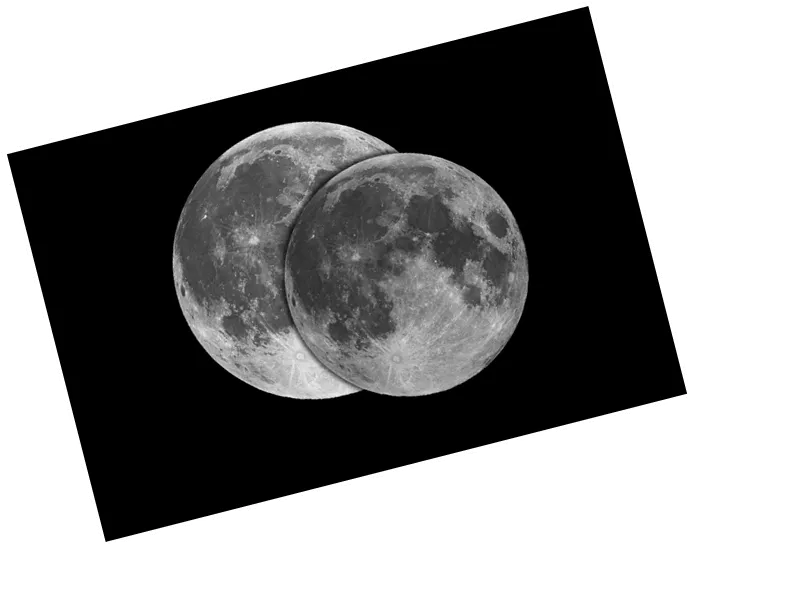The discovery of the giant coral underscores the urgent need for marine conservation efforts, especially in biodiversity-rich areas like the Solomon Islands.
The ability to see the coral from space highlights the scale of this organism and its potential as a landmark for marine research.
The findings may influence future policies regarding ocean protection and the management of coral reef ecosystems.
Increased interest in marine conservation initiatives may arise following this discovery, potentially leading to more funding and research in the region.
The Solomon Islands could become a focal point for marine biodiversity studies, attracting scientists and researchers globally.
A team of scientists aboard a National Geographic research ship has discovered what is believed to be the world's largest coral in the southwest Pacific Ocean near the Solomon Islands. This giant coral, measuring 34 meters long, 32 meters wide, and 5.5 meters high, belongs to the species 'Pavona clavus' and has lived for over 300 years. Unlike typical coral reefs, which consist of numerous coral colonies, this specimen is a single coral that can even be seen from space. The discovery highlights the ecological significance of coral reefs, which provide essential habitats for various marine organisms such as shrimp, crabs, and fish.
The Solomon Islands, known for their rich biodiversity, boast the second highest coral diversity globally, with over 490 species of hard and soft corals. The region's unique marine ecosystems are under threat from climate change, prompting scientists to advocate for increased ocean protection. Currently, only 8.4% of the oceans are protected, and experts recommend raising this figure to 30% by 2030 to ensure ecological balance and support biodiversity. Solomon Islands Prime Minister Jeremiah Manele emphasized the critical need to preserve coral reefs, stating that their health is vital for our survival.





